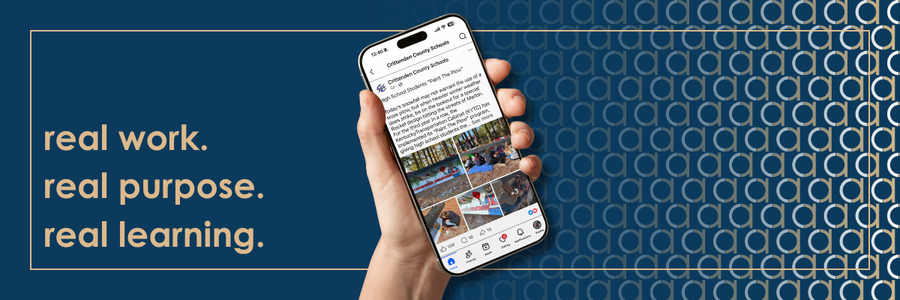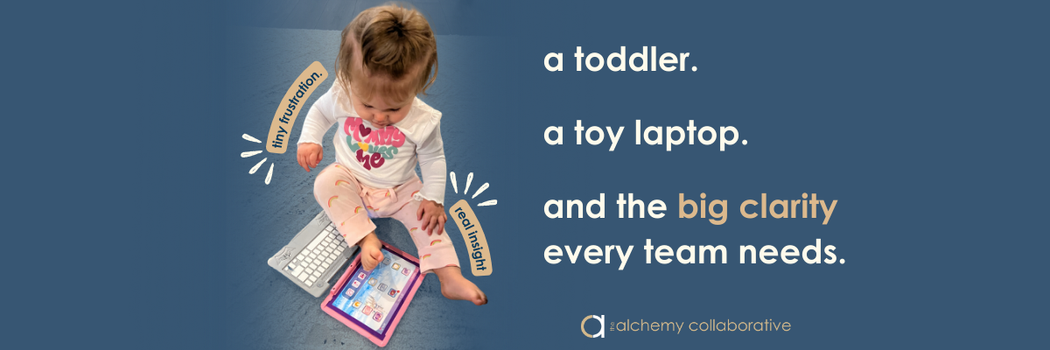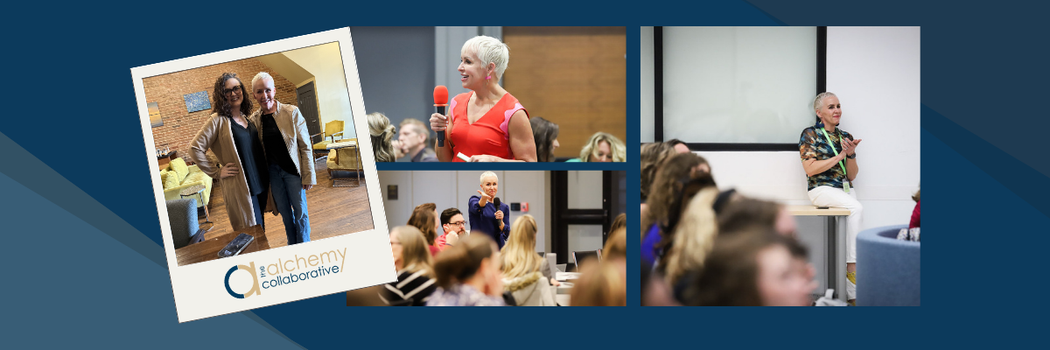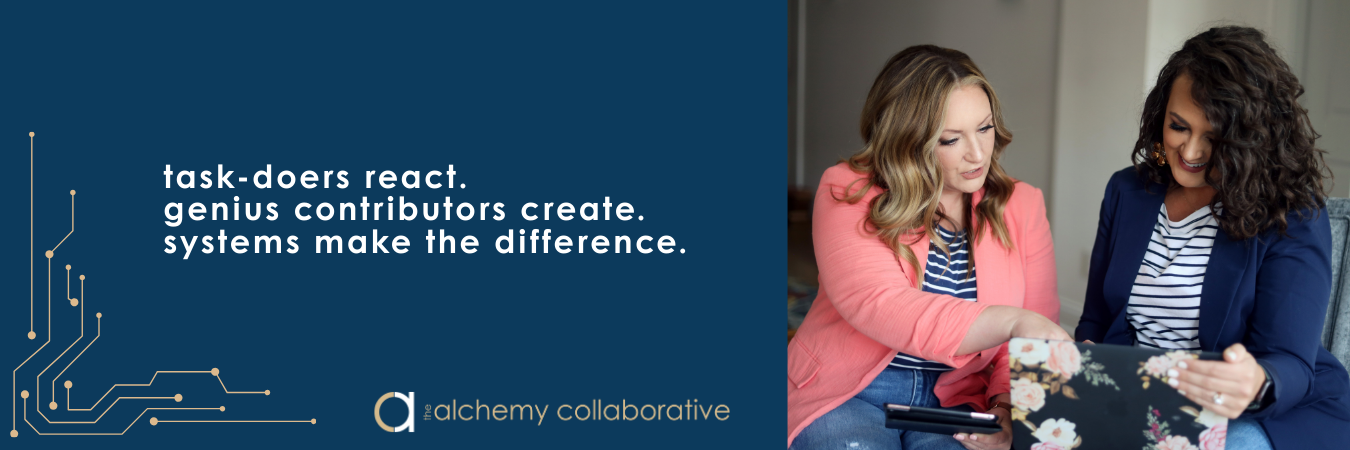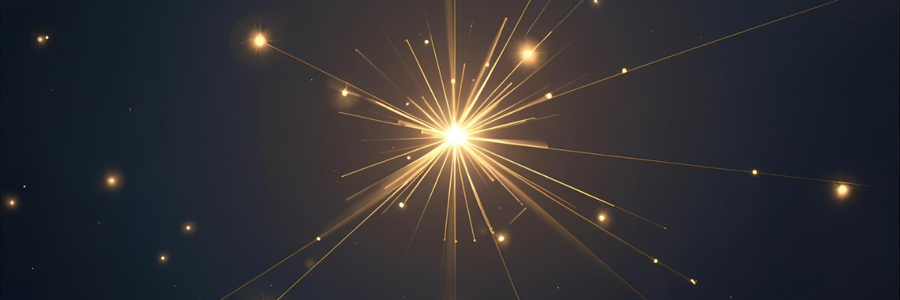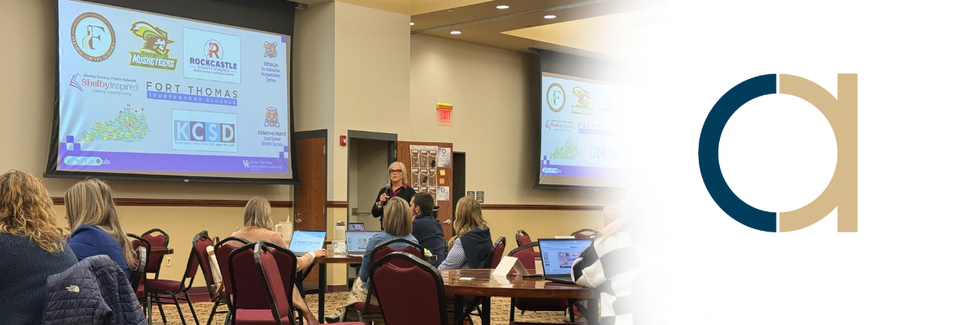when the frisbee got stuck
A few weekends ago, my son Grant and I went frisbee golfing at Freeman Lake Park in Elizabethtown...one of those activities I’ve slowly learned to enjoy, even if I’m still new (and admittedly terrible) at it. It’s become our thing: a chance to laugh, walk, and compete in the most unathletic way possible (at least on my end; Grant is actually pretty good).
We came to a hole that felt almost impossible: uphill, shaded, and thick with trees. Grant’s arm is much stronger than mine, so when he threw, the frisbee launched straight ahead with force… and went directly into a tree. Mine, lighter and slower, somehow glided past without hitting anything. We laughed, because of course it happened on the very first throw of the round.
What followed was a full comedy routine: shaking the trunk, tossing sticks, even hurling a few small limbs skyward. Nothing worked. The frisbee didn’t budge.
Finally, I spotted a massive fallen limb (basically a small tree) lying nearby. Grant dragged it over, braced his feet, and heaved it into the air while I filmed, laughed, and documented the chaos (because sometimes, that’s my job). After a few attempts, the frisbee finally tumbled free, covering Grant in leaves, dirt and pine needles, but perfectly intact.
It was funny and ridiculous but as we stood there catching our breath (edit: Grant stood there catching his breath and me watching from a distance), I realized something: this felt familiar. How often do we face something that seems impossible, throw everything we have at it, and still watch it stay stuck?
what we do when things get stuck
In our work with schools, we see this all the time. Something in the system (communication, trust, morale) gets stuck. A message doesn’t land. A community feels unheard. The energy of the work starts to stall.
And what do we do? We start tossing “limbs” at it. A new flyer. A social media post. A quick rebrand. A message sent out just to say we tried.
Those small efforts aren’t wrong but they rarely shake loose what’s really stuck. Sometimes, the problem isn’t in the content; it’s in the root system.
The pattern. The posture.
Real movement comes when we pick up something heavier:
- Patience. Sitting with the tension long enough to understand what’s really going on.
- Partnership. Inviting others to help shoulder the weight instead of fixing it alone.
- Perspective. Stepping back to see the bigger picture before rushing to solve it.
That’s the heavier work. It’s not flashy or fast, but it’s the kind that actually frees what’s been lodged in the branches for far too long.
the heavier work of communication
At Alchemy, we talk a lot about the difference between reaction and restoration. Reaction is the quick toss: the small limb. Restoration is the rooted, patient work that takes time, energy, and collaboration.
When districts slow down long enough to listen, align, and rebuild systems together, that’s when communication becomes transformational. That’s when clarity replaces confusion, and trust begins to grow again.
Because in the same way that Grant and I couldn’t dislodge that frisbee on our own, school communication isn’t a solo sport. It’s a shared effort where every voice, every perspective, and every ounce of patience matters.
what we’re learning
That day at Freeman Lake reminded us of something simple but true: some problems won’t come down until you pick up something heavier : patience, teamwork, or a new perspective.
It’s not the easy route. It’s not the quick fix. But it’s the kind that lasts.
So, the next time something in your communication system feels stuck, pause before throwing another limb at it.
Look for what might really move it - maybe a better process, a deeper conversation, or just the willingness to try again, together.
At Alchemy, we’ve learned that communication is often the same. The work that feels impossible at first usually just asks for more patience, partnership, and perspective. It takes shared effort and a willingness to see the bigger picture.
That’s the kind of work we love: the kind that brings things loose, clears the view, and makes room for what’s next.

